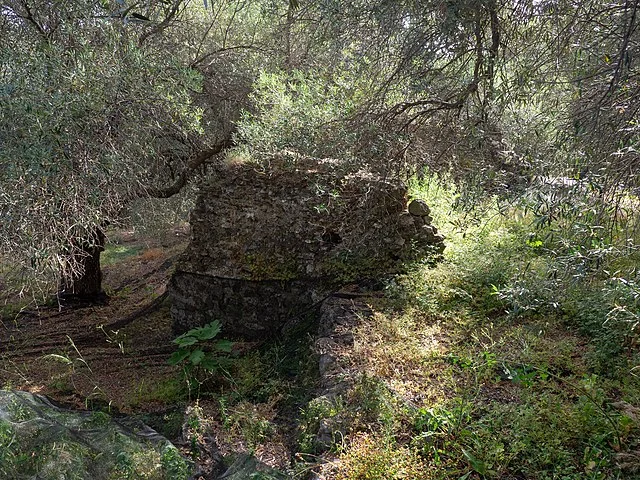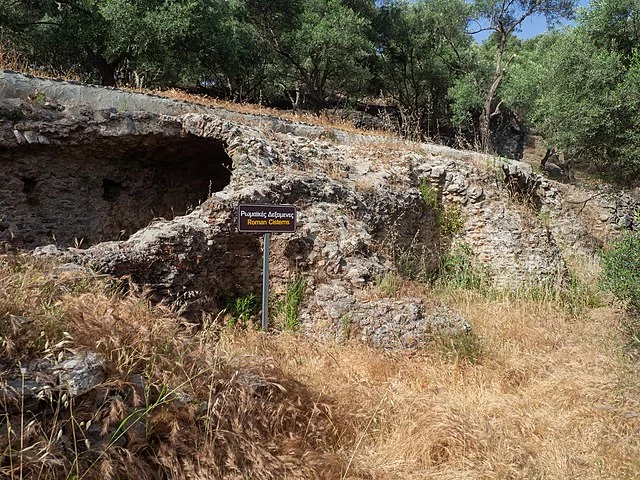Elyrus was an ancient city-state in southwest Crete, located near the modern village of Rodovani. It flourished as an important center during the Classical and Hellenistic periods, around the 5th century BC through the 1st century AD.
Get your dose of History via Email
History

Elyrus was a significant city in Crete, known for its production of iron weapons and tools. Archaeological evidence shows that it maintained trade relations with other parts of the Mediterranean. The city was strategically located on the route to the southern Cretan coast, which allowed it to control commerce between Crete and other regions. Elyrus allied with other Cretan cities, such as Lappa and Gortyn, which helped strengthen its position in the island’s political landscape.
During the Roman period, Elyrus maintained its status as a city-state. However, its importance declined with the rise of other major cities in Crete. Despite this, Elyrus continued to have a local influence, evidenced by the remains of its public buildings, fortifications, and temples.
Archaeological Discoveries
Excavations at Elyrus have revealed the remains of several significant structures, including a large basilica from the early Christian period. The city had public baths, theaters, and temples, showcasing its prosperity during its peak.
One of the most notable finds is a double-headed statue of the god Apollo and the goddess Artemis, which was discovered in a sanctuary. This discovery emphasizes the religious importance of Elyrus in the ancient world.
The city’s acropolis still contains remnants of fortifications, providing insight into the military architecture of the time. Tombs and inscriptions found in the area have helped archaeologists understand the city’s history and culture.
Decline and Legacy
By the 7th century AD, Elyrus had fallen into decline due to changes in trade routes and external invasions. The rise of other cities and the shift in political power across the Mediterranean further contributed to its downfall.
Today, Elyrus is an archaeological site, attracting interest from scholars and visitors alike. The remnants of its buildings and artifacts continue to shed light on the history of ancient Crete and its city-states.
Source:

